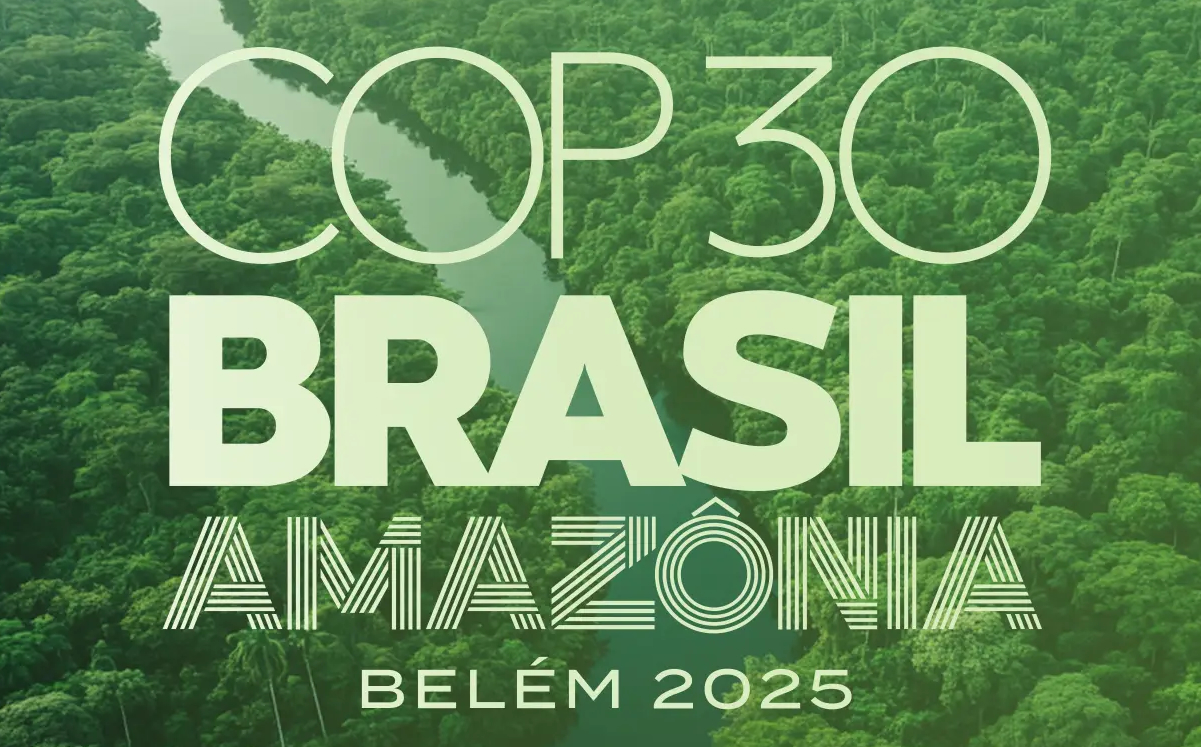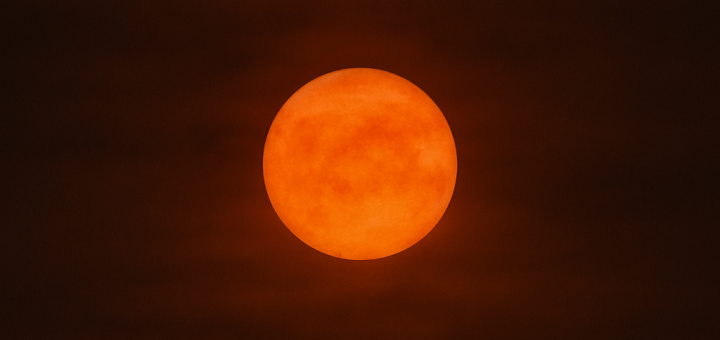Untangling the wicked knots of climate change

Modern life has created a rift between humanity and nature.
“The metabolic rift”, by Evelin Kolijn
What do cooking a frog in a pot, flushing the toilet, and turning the key to start our car have in common? Let’s think about the last one first: an everyday act that is part of the routine of many Mexicans who, due to lack of options, safety, or status, drive to work every day, and for those who travel by public transportation, there is also a driver who performs that action. An act we perform without thinking, just hoping to avoid traffic that day, and we do it much less with the intention of destroying coral reefs. And yet that is exactly what happens when that action is repeated a billion times a day. Timothy Morton invites us to reflect: one person driving is harmless, but humanity driving is destroying the planet, and yet we as individuals are part of that humanity.
Something similar happens with the toilet bowl in the form of the breakdown of an ancestral cycle. In nature, there is no trash because the excretions or the carcass of an animal is the food source for another one. We, on the other hand, extract nutrients from rural soil and, instead of returning them from the cities, we flush the toilet and watch as the problem disappears from our minds. Karl Marx called this anti-animal behavior of modern humans the metabolic rift. Another problem we are reluctant participants in; none of us decided to handle our excrement this way, we were simply born and the toilets were already there.

Humanity bursts in like a force of nature.
“The Paricutin colvano” by Gerardo Murillo, a.k.a Dr. Atl
Now let’s return to the seed, the question of the frog in the pot. It is said that it is easy to cook a live frog in a pot as long as the temperature is increased very slowly. The frog will feel the water heating up, but will not perceive the danger until it is too late: when it begins to feel pain, it will no longer have the energy to jump out. If it is easy to put ourselves in the frog’s place and think about the brutal torture this would entail, why do we allow the planet to continue warming by driving our cars and discharging wastewater into rivers, thinking that, since the world did not end today, we will be able to deal with the situation tomorrow? Yet, what can we do if our environment conditions us and denies us the alternatives? This series of fundamental contradictions allows us to glimpse the twists and turns of the wicked knot that is climate change and why it presents itself as humanity’s greatest challenge. A wicked problem is elusive (Where is it? Who is responsible?), unverifiable (if we solve it, there is no way of knowing how serious it really was), illogical (it is difficult to separate the good from the bad, right from wrong, necessary from dispensable), irreversible (there is no try, only do or do not), and counter-temporal (time is running out, but the impact is long-lasting).

There are many of us that, like birds, are flying back to the nest of harmony with nature.
“Crows in a wheat field” by Vincent Van Gogh
What can we do about this sword of Damocles hanging over every breakfast, every item of clothing? In reality, frogs do not boil in the pot; an essential mechanism of thermoregulation is to move toward better conditions. Many humans are like frogs, swimming against the current in a struggle for cool forests and pristine waterfalls. We are the majority — more than 80% want more climate action, according to the UN — and the solutions are already here, within our reach. Only together can we demand and achieve change, even if that minority wants us to think it’s impossible and we’re crazy. But as Steve Jobs said, “The people who are crazy enough to think they can change the world are the ones who do.”
Article translated from Spanish with DeepL, proofread by a human
Article published originally in Spanish in the Izcalli Times




